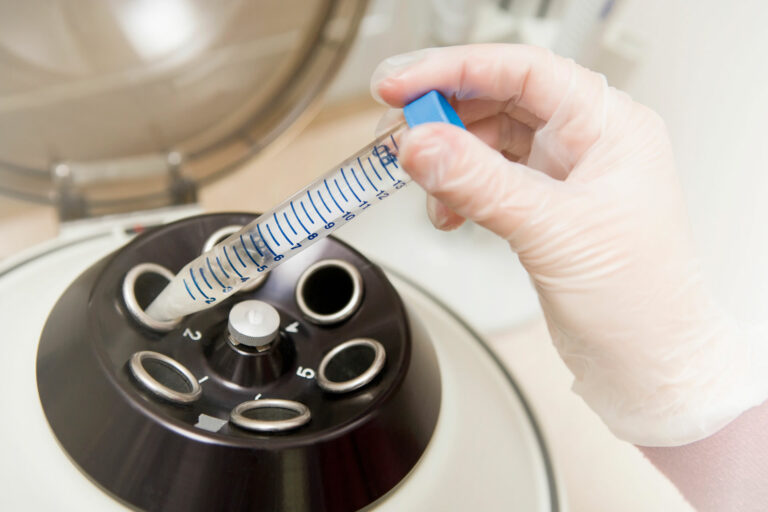Artificial Insemination (AI)
The most natural technique for less complex cases.


What does it consist of?
Artificial insemination is one of the less complex assisted reproduction treatments. It is, in fact, the closest technique to natural fertilization. It consists of depositing a semen sample, from the partner or a donor, in the woman’s uterus. However, to increase the chances of success, an ovarian stimulation is previously performed on the patient and the best sperm are selected in the laboratory.
Artificial insemination is a painless procedure and much less invasive than other assisted reproduction techniques.
Depending on the origin of the semen sample, there are two types:
IUI-C (Intrauterine Insemination with sperm of the spouse). The semen sample comes from the patient’s partner. In this case, the probability of pregnancy is around 15-25 %.
- IUI-D (Intrauterine Insemination with donor sperm). The sperm comes from a gamete bank. The success rate is around 20-30 %.

When is it indicated?
IUI-C is indicated in the following cases:
- Mild to moderate alterations in sperm quality.
- Alterations of ovulation.
- Alterations in the cervix of the woman.
- Difficulties or coital impossibility.
- In young couples with unknown causes of infertility.
IUI-D is indicated in the following cases:
- Severe changes in sperm quality.
- Azoospermia (complete absence of sperm).
- Certain genetic diseases in humans that can be passed on to offspring and cannot be prevented through embryonic selection.
- Single women and female couples.
Ovarian stimulation
Treatment begins with ovarian stimulation. To do this, drugs are used to stimulate the growth of the follicles (where the oocytes develop). During this time, we’ll carry out regular checks through vaginal ultrasounds.
This phase lasts around 10-12 days, and the aim is to increase the chances of success, since a woman normally only produces one oocyte per cycle, whereas with this process 1 or more oocytes can mature.
Monitoring of follicular development
During the ovarian stimulation treatment, we will conduct regular checks, through vaginal ultrasounds and, if necessary, hormone analyses, all to check follicular maturation and schedule the ideal time for insemination.
Preparation of the semen sample
It is necessary to prepare the semen sample to achieve an optimal concentration of mobile sperm that have the ability to fertilize the egg.
The sample can be collected on the same day or previously cryopreserved, either from a donor or from the couple’s own male partner. In cases where the use of donor semen is indicated, this sample will always be frozen and stored in our semen bank.
In both cases, our embryologists treat it in the laboratory using a process known as Mobile Sperm Retrieval (MSR), so that the sperm with the best mobility can be selected.
Insemination
This is the moment when the selected semen sample is deposited inside the uterus. The process is carried out in the clinic itself and is simple, painless and does not require either anaesthesia or sedation.
After insemination, you will need to wait about 15 days. At this point, you’ll usually be asked to maintain a normal life, limiting yourself to high-intensity physical activities.
Pregnancy Test
A blood pregnancy test will be carried out 15 days after insemination. It will look for the presence of the hormone β-hCG (human chorionic gonadotrophin), which is the hormone produced by the embryo after its implantation in the endometrium.
If the test result is positive, an ultrasound will be carried out around 2 weeks later to confirm the presence of the “gestational sac” inside the uterus and to observe the heartbeat of your future baby. From this point on, your regular gynaecologist can monitor the pregnancy.
Any more questions? We will be happy to help you.
Get in touch with us and we will solve all your doubts about our treatments, techniques and promotions.



